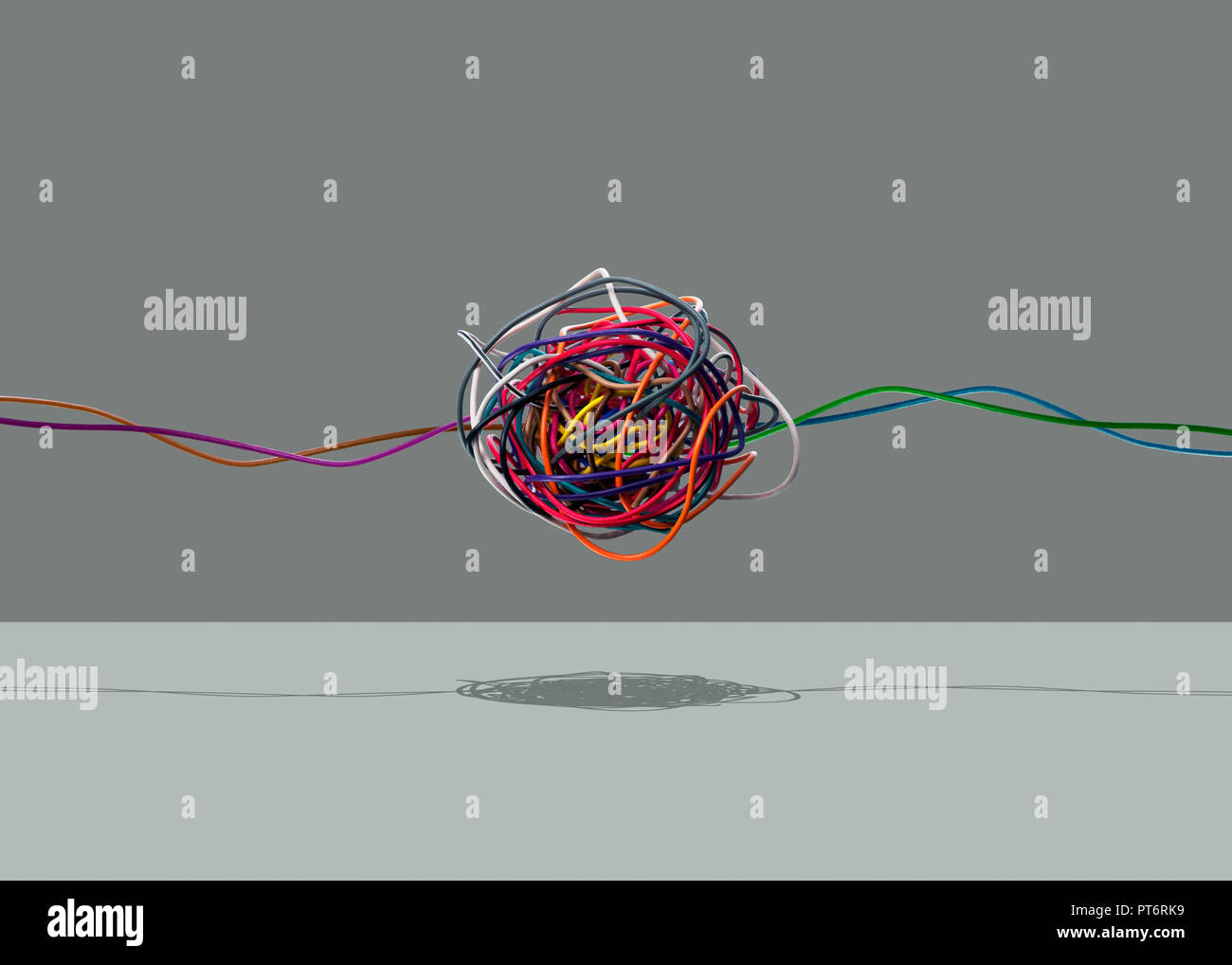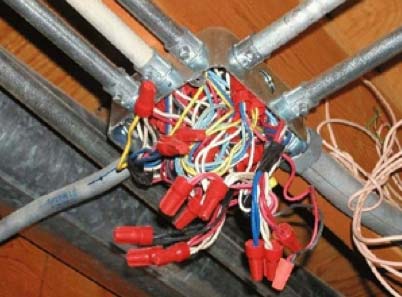
- #WIRES CROSSING WITHOUT MAKING A CONNECTION LOGICWORKS HOW TO#
- #WIRES CROSSING WITHOUT MAKING A CONNECTION LOGICWORKS PC#
The lower-right part of the figure shows the side of a Cisco 2960 switch, with multiple RJ-45 ports, allowing multiple devices to easily connect to the Ethernet network.įinally, while RJ-45 connectors with UTP cabling can be common, Cisco LAN switches often support other types of connectors as well. The upper right shows an Ethernet NIC that is not yet installed in a computer.

The left shows the eight pin positions in the end of the RJ-45 connector. The diagram above shows a connector on the left and ports on the right. Switches typically have many RJ-45 ports because switches give user devices a place to connect to the Ethernet LAN.
#WIRES CROSSING WITHOUT MAKING A CONNECTION LOGICWORKS PC#
To complete the physical link, the nodes each need an RJ-45 Ethernet port that matches the RJ-45 connectors on the cable so that the connectors on the ends of the cable can connect to each node.Ĭomputers often include this RJ-45 Ethernet port as part of a network interface card (NIC), which can be an expansion card on the PC or can be built in to the system itself. These pins create a place where the ends of the copper wires can touch the electronics inside the nodes at the end of the physical link so that electricity can flow. The RJ-45 connector has eight physical locations into which the eight wires in the cable can be inserted, called pin positions, or simply pins. Many Ethernet UTP cables use an RJ-45 connector on both ends. The 10BASE-T and 100BASE-T standards require two pairs of wires, while the 1000BASE-T standard requires four pairs.Įach wire has a color-coded plastic coating, with the wires in a pair having a color scheme.įor example, for the blue wire pair, one wire’s coating is all blue, while the other wire’s coating is blue-and-white striped. The cable holds some copper wires, grouped as twisted pairs. The table below lists a few Ethernet physical layer standards.įirst, think about the UTP cable itself. The IEEE also uses more meaningful shortcut names that identify the speed, as well as a clue about whether the cabling is UTP (with a suffix that includes T) or fiber (with a suffix that includes X). The formal name begins with 802.3 followed by some suffix letters. The IEEE defines Ethernet physical layer standards using a couple of naming conventions. To be ready to choose the products to purchase for a new Ethernet LAN, a network engineer must know the names and features of the different Ethernet standards supported in Ethernet products. The use of unshielded twisted-pair (UTP) cabling saves money compared to optical fibers, with Ethernet nodes using the wires inside the cable to send data over electrical circuits.įiber-optic cabling, the more expensive alternative, allows Ethernet nodes to send light over glass fibers in the center of the cable.Īlthough more expensive, optical cables typically allow longer cabling distances between nodes. The most fundamental cabling choice has to do with the materials used inside the cable for the physical transmission of bits: either copper wires or glass fibers. The standards also differ as far as the types of cabling and the allowed length of the cabling. Today, Ethernet includes many standards for different kinds of optical and copper cabling, and for speeds from 10 megabits per second (Mbps) up to 100 gigabits per second (Gbps). Other standards define protocols, or rules, that the Ethernet nodes must follow to be a part of an Ethernet LAN.Īll these Ethernet standards come from the IEEE and include the number 802.3 as the beginning part of the standard name.Įthernet supports a large variety of options for physical Ethernet links given its long history over the last 40 or so years.
#WIRES CROSSING WITHOUT MAKING A CONNECTION LOGICWORKS HOW TO#
Some standards define the specifics of how to send data over a particular type of cabling, and at a particular speed. Please write comments if you find anything incorrect, or you want to share more information about the topic discussed above.The term Ethernet refers to an entire family of standards.

If you like GeeksforGeeks and would like to contribute, you can also write an article using or mail your article to See your article appearing on the GeeksforGeeks main page and help other Geeks.

This article is contributed by Harshita Pandey. It is highly recommended that you practice them. All questions have been asked in GATE in previous years or in GATE Mock Tests. Practicing the following questions will help you test your knowledge.



 0 kommentar(er)
0 kommentar(er)
